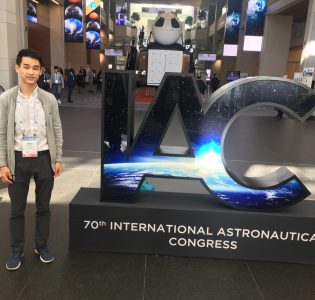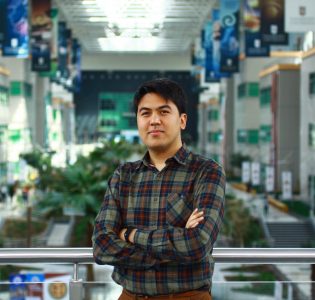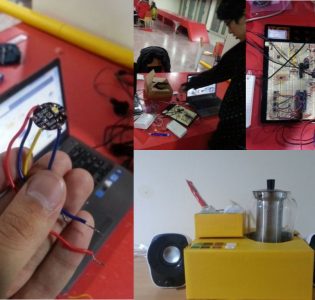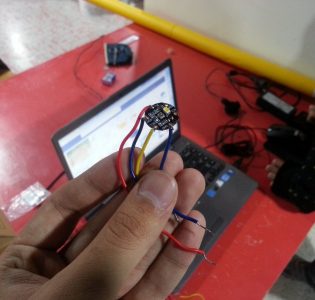About the musical kettle, digital art and space satellites
Have you ever thought about inventing something interesting, useful, and beautiful that no one has ever created before?
Our first guest is NUZYP student, Shymyr Manap. Shymyr, a research assistant, is studying the use of machine/deep learning in space missions and the processing of satellite images using neural networks.
Our second guest today is Kuanysh Yersakhanov, senior manager of Nazarbayev University Library and IT Services. He has been working at Nazarbayev University for a year, dealing with web project analytics and front-end site development, actively participating in the organization of the University’s international conferences, training staff and providing technical support for the University’s websites.
This year, within the framework of the Year of Youth, the award “Elorda zhastary syilygy” (Nur-Sultan Youth Prize) will be given. Over 1300 interested participants submitted applications in 16 different categories. Our two guests have entered this competition and have been nominated in categories for which the popular vote taken online will decide the winners. Shymyr is nominated for the “Great Student” category, and Kuanysh is nominated the “Science” category. The winner of each nomination will be determined by the results of the popular vote, which will last until November 26. To support Shymyr and Kuanysh please visit the official website to vote on the competition.
The project on which Shymyr Manap is currently working is called “The use of neural networks for satellite telemetric analysis for the KazSTSAT mission” and is aimed at the use of automatic self-learning machines capable of predicting the future state of the space system on the basis of archival and operational telemetric data.
“The KazSTSAT satellite was launched on December 3, 2018, and today its results exceed expectations. KazSTSAT is a small Earth observation satellite developed jointly by Surrey Satellite Technology Ltd and Ghalam LLP. KazSTSAT receives images and carries out a number of experimental and demonstration work. As with any other serious mission, there is a need for short-term and long-term analysis of telemetry, which is traditionally carried out by qualified data review operators,” says Shymyr.
Operators spend a lot of time analyzing these data, so he is now working on developing software for an in-depth study, which can be widely used in space activities in Kazakhstan.
In addition, Shymyr presented the project at the 70th International Astronautical Congress, which was held on October 21-25 in Washington, D.C., and received positive feedback from experts in this field.
Kuanysh told us about his student projects in Korea. “Digital art is a field in which works of art are modified with the help of computer technology. As a student of the international exchange program at Yonsei University in Korea, I studied digital art with Korean media artist Jin-Yo Mok, and under his leadership, we created several projects. For example, Music Kettle is a creative project using Arduino, where a kettle plays a melody based on its contents. The glass kettle uses a color sensor to determine the label of drinks so that a specific melody will be played based on the drink. This was done for four different drinks. For example, green tea had a green label, coffee had a black label. When the bag was immersed in a kettle, the color sensor read the color of the label and played the melody,” says Kuanysh.
We invite you to support Kuanysh and Shymyr on the official website of the contest.






